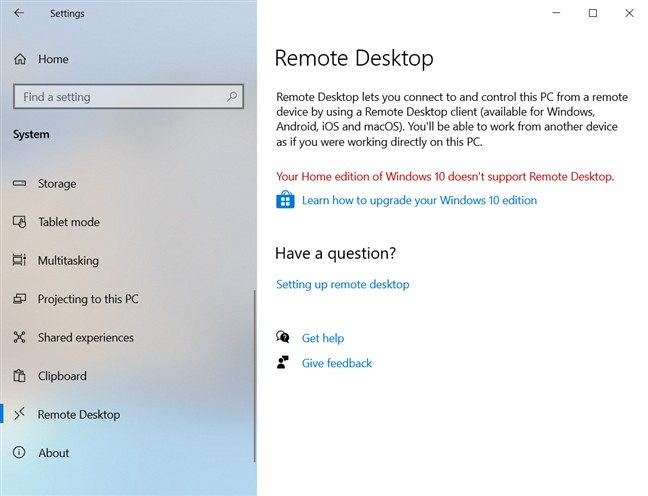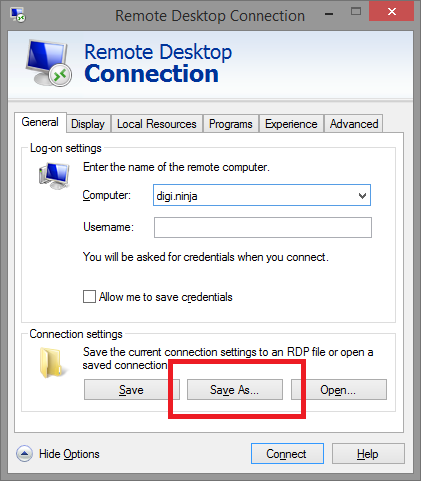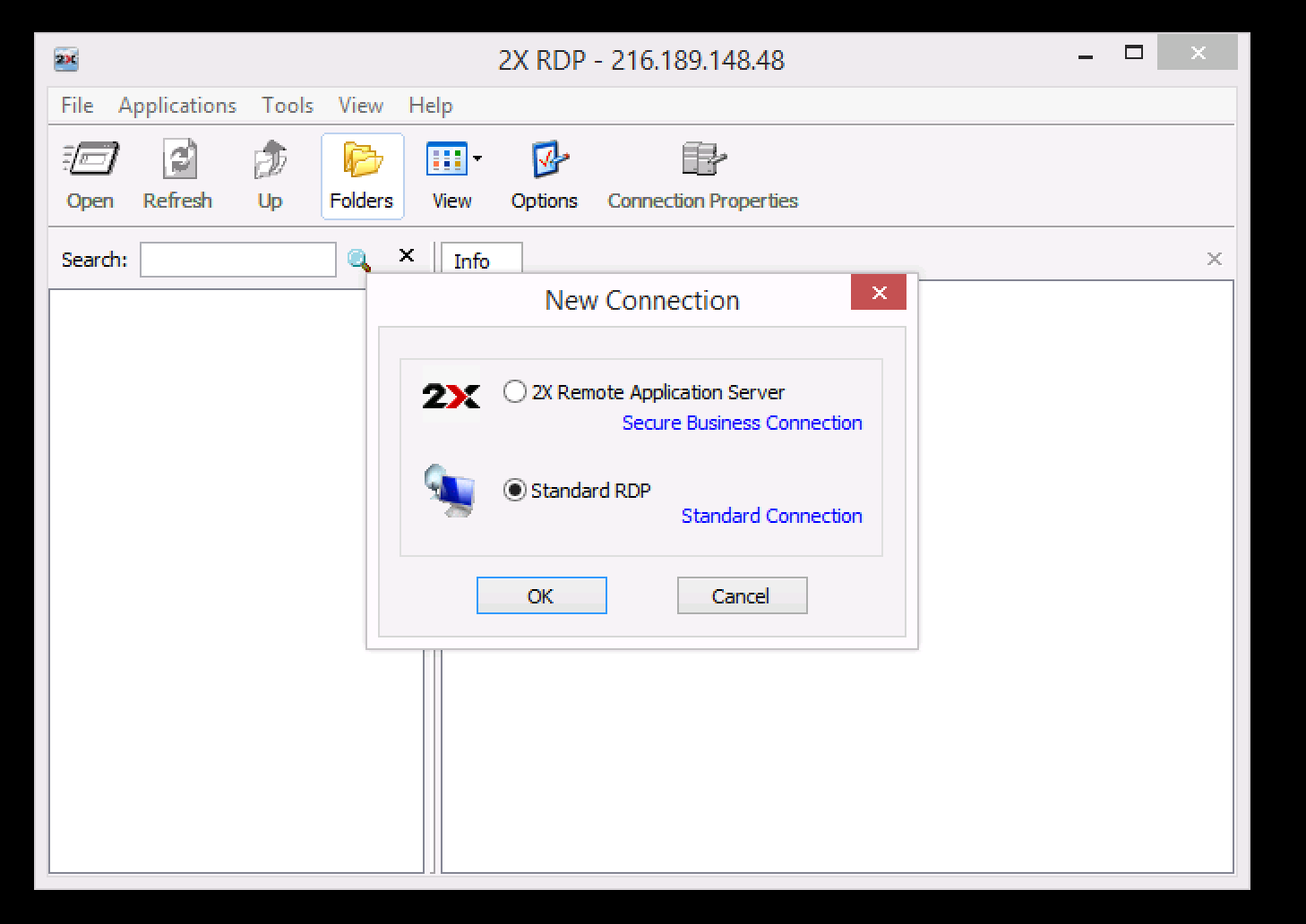

- #WINDOWS REMOTE DESKTOP CLIENT HOW TO#
- #WINDOWS REMOTE DESKTOP CLIENT INSTALL#
- #WINDOWS REMOTE DESKTOP CLIENT WINDOWS 10#
- #WINDOWS REMOTE DESKTOP CLIENT CODE#
- #WINDOWS REMOTE DESKTOP CLIENT DOWNLOAD#
We name our policy “Remote Desktop Client Auto Feed Registration” and click on next.
#WINDOWS REMOTE DESKTOP CLIENT WINDOWS 10#
Select “ Windows 10 and later” as a platform and the profile type as “ Settings catalog (preview)“. Now that the Remote Desktop App is prepared, we need to navigate to Devices > Configuration policies in Intune and create a new profile. For this reason, we can define a configuration policy in Intune, which helps us to improve the user experience. Now we want that our users don’t need to log into the Remote Desktop Client with their user credentials. Configure auto feed discovery for the Remote Desktop Client app (MEM and GPO) Last but not least we validate the configuration and apply it.
#WINDOWS REMOTE DESKTOP CLIENT INSTALL#
I define to install the app asap with no user interaction (so Toast notifications wont appear). In my case I select a Windows 11 based laptop that is completely Azure AD joined.
#WINDOWS REMOTE DESKTOP CLIENT CODE#
The next step requires us to define a detection policy, we click on “+Add” and specify the MSI product code option, as this is already prefilled.įor the next steps we don’t define dependencies, supersedence and we can continue to select the Scope Tags and do the assignment if needed. In the next tab, we need to provide the requirements, which is obviously the 64-bit architecture and the minimum operating system (that can be adjusted to your environment), which is Windin my case. The advantage of using an MSI is that the IntuneAppWinUtil automatically detects the installation parameters, additional ones can be added, but that’s not required and we can continue with the next steps. I specified “Microsoft” and click on next. In my case I only had to add the Publisher information to the package.

Once everything is fine, we click on OK and specify the parameters for the installer. The process asks us now for the app package file, which is the intunewin file we’ve just created. Now we need to select the App type, which is “Windows app (Win32)” and click on select. Now we see the collection of all Windows apps available and we click on “+Add” to import our Remote Desktop Client. Now we need to navigate to Apps / Windows To import the package to Intune, we need to login first to our tenant using: Import Remote Desktop Manager via MEM (Intune) We can see the intunewin file besides the MSI file. If that’s correctly done, the output will look like this: We don’t want to specify a catalog folder. The tool asks us to specify the source folder, we select the one where our Remote Desktop Client is stored, give the tool the file name and select the output folder. We start with opening the IntuneWinAppUtil.\IntuneWinAppUtil.exe Now we need to specify the Source file, which is our recently downloaded Remote Desktop Client and the destination location for the IntuneWin file.

Next, we navigate to the folder, that has our IntuneWinAppUtil, which is in my example C:\MEM. Now, we need to open a PowerShell window with elevated rights (Administrator) and set the Execution Policy to “RemoteSigned” and approve with “Y(es)”: Set-ExecutionPolicy RemoteSigned
#WINDOWS REMOTE DESKTOP CLIENT DOWNLOAD#
Go to the following GitHub page and download the exe: GitHub – microsoft/Microsoft-Win32-Content-Prep-Tool: A tool to wrap Win32 App and then it can be uploaded to Intuneįor this demonstration I’ve created a folder called “MEM” where I store the file:

In the next step, we need to download the Microsoft Win32 Content Prep tool, to package our MSI file into an IntuneWin container. For this reason, I create a new folder called: “ RemoteDesktopClient_122130″ in my favorite location. Now I copy the downloaded file to a location that is easily accessible from my packaging PC. I’ve used the following download link for the 64-bit version: In my case, I take the 64-bit client and download it to my computer. The first thing we need to do now is to select the architecture, we use to distribute the client. Please find the latest version here: What’s new in the Windows Desktop client | Microsoft Doc Packaging of the Remote Desktop Client app and upload to Microsoft Endpoint Manager (Intune) The first thing we need to do is to package our Remote Desktop Client in the current version: We will perform the distribution to your clients via Microsoft Endpoint Manager (Intune).
#WINDOWS REMOTE DESKTOP CLIENT HOW TO#
Today I have another blog for you about how to distribute the Remote Desktop Client for Azure Virtual Desktop and the upcoming service release of Windows 365 Cloud PC.


 0 kommentar(er)
0 kommentar(er)
